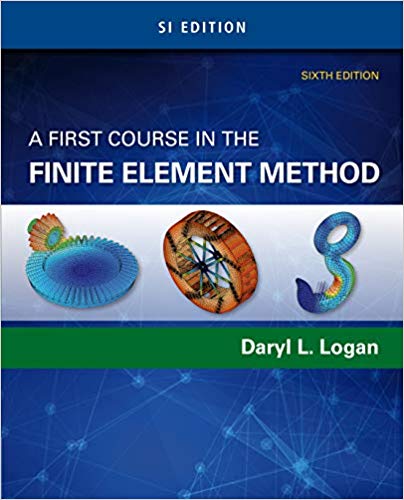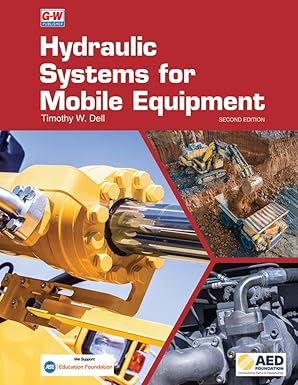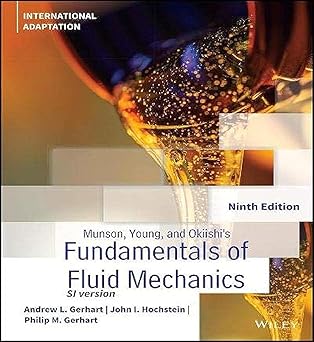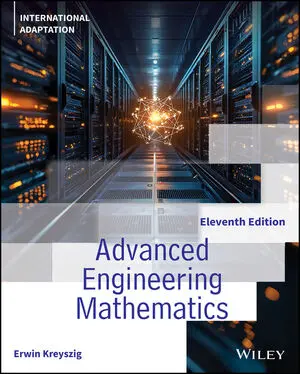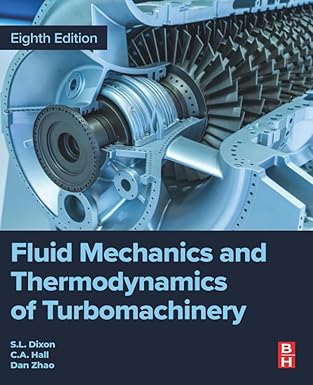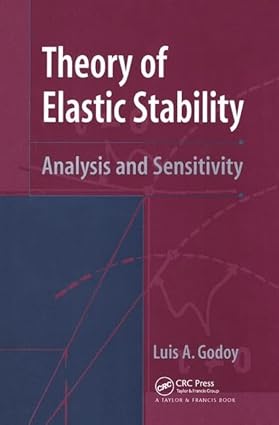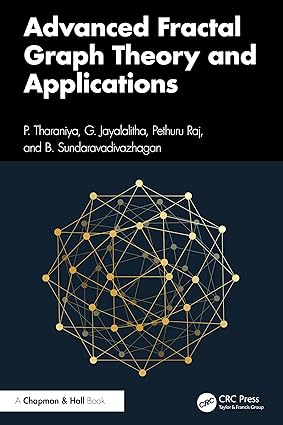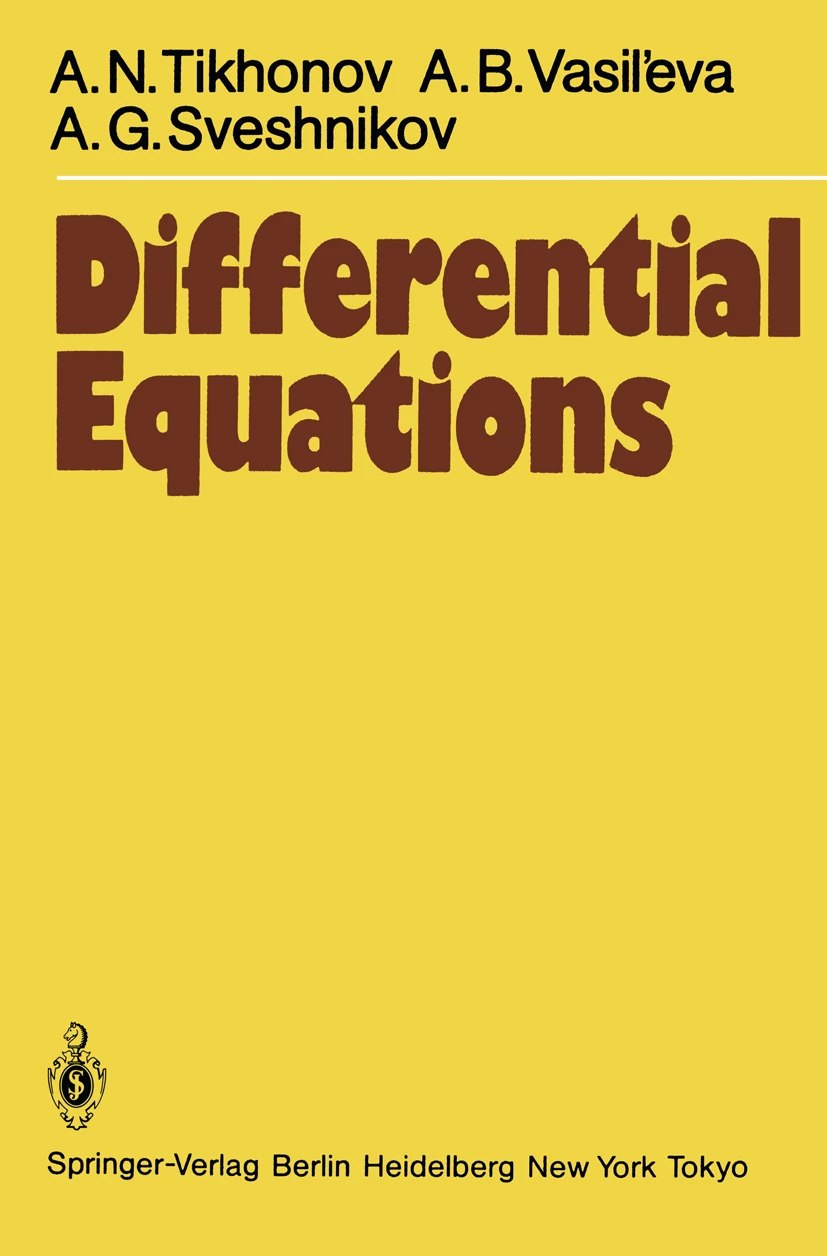Discover a simple, direct approach that highlights the basics you need within A FIRST COURSE IN THE FINITE ELEMENT METHOD, 6E. This unique book is written so both undergraduate and graduate students can easily comprehend the content without the usual prerequisites, such as structural analysis. The book is written primarily as a basic learning tool for students, like you, in civil and mechanical engineering who are primarily interested in stress analysis and heat transfer. The text offers ideal preparation for utilizing the finite element method as a tool to solve practical physical problems.
چکیده فارسی
رویکردی ساده و مستقیم را کشف کنید که اصول اولیه مورد نیاز شما را در یک دوره اول در روش المان محدود، 6E، برجسته میکند. این کتاب منحصر به فرد به گونه ای نوشته شده است که هم دانشجویان مقطع کارشناسی و هم فارغ التحصیلان می توانند به راحتی مطالب را بدون پیش نیازهای معمول مانند تحلیل ساختاری درک کنند. این کتاب عمدتاً به عنوان یک ابزار یادگیری پایه برای دانشجویانی مانند شما در رشته مهندسی عمران و مکانیک که عمدتاً به تجزیه و تحلیل استرس و انتقال حرارت علاقه مند هستند نوشته شده است. متن آماده سازی ایده آل برای استفاده از روش اجزای محدود به عنوان ابزاری برای حل مسائل فیزیکی عملی است.
ادامه ...
بستن ...
Ebook details:
عنوان: A First Course in the Finite Element Method, SI Edition (9781305637344) Daryl L. Logan
نویسنده: Books
ناشر: Cengage Learning; 6 edition (August 12, 2016)
زبان: English
شابک: 1305637348, 978-1305637344
حجم: 205 Mb
فرمت: Image Pdf
ادامه ...
بستن ...
